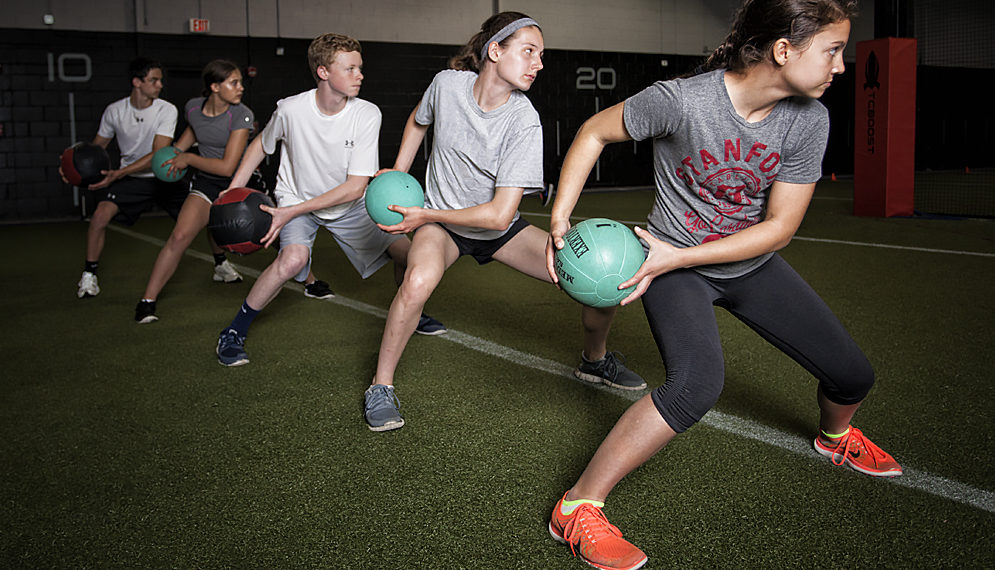There have been widely discussed ideas that strength training in adolescents and juniors may be detrimental to physical health, with claims such as it stunts a child’s growth, or damages their growth plates. However, through recent research, this has been shown to be false. Current evidence actually suggests that incorporating supervised, periodised and progressive strength/power training into junior development can be “a safe, effective and worthwhile activity for children and adolescents” (Faigenbaum and Myer, 2012).
One of the most common misconceptions is that early strength training can impact the growth plates in young athletes. This poses the question:
What is a growth plate and how do growth plate injuries occur?
The growth plate is the area of tissue near the end of long bones in children and teens that determines the future length and shape of the mature bone. After maturation, the growth plates are replaced with solid bone (“Growth Plate Injuries”, 2020). Most growth plate injuries will occur through “falling, twisting, or contact. But they can also occur as an overuse injury, for example through repetitive movements in baseball pitching/gymnastics” (Kruse & Dobowy, 2018). If a growth plate is fractured it can cause bone growth problems, however, with proper treatment, most growth plate fractures heal without any lasting effect (“Growth Plate Injuries”, 2020).
Research shows that forces placed on the body through exercises such as running, jumping and tackling have been shown to be much more stressful than strength training. One study found that some activities common youth sports activities can place loads of up to 9x a person’s body weight through one foot (Weldon, Clarke, Pote & Bishop, 2021), which is significantly more than any exercise in the gym could ever reproduce. So, if everyday sporting exercises that occur at every level of sport, place such extreme loads on an athlete’s body, and the claims that strength training did stunt an athlete were true; wouldn’t we expect more athletes to be short and to have had growth plate problems in their youth?
What are the benefits of strength training in children and adolescents?
With the guidance of qualified exercise professionals, age-appropriate strength training programs can reduce the risk of sports-related injury, improve strength, and build muscle. Additionally, with adequate coaching children can be taught correct and efficient movement patterns, improving skills in running, jumping and landing, and change of direction.
Further, strength training is a great tool to teach young people resilience, hard work, and dedication while having fun in a healthy environment. Results can be seen in as little as one month when children and adolescents are able to consistently strength train on a structured and well-implemented program. Progress will be made in a number of variables, whether it be through technique efficiency, improved sporting performance or increased weight lifted.
Children and adolescents will be more willing to follow challenging, structured training program if they are able to do it with someone to push them along (friend/coach), if it is fun (using games/challenges to teach), and if it is relevant (they can see how it will help them in there sport/life). When all of these aspects are achieved, children can take what they have learned and apply it to their school, work and everyday life.
The physical and mental improvements that are seen, and life lessons that can be learned in the gym far outweigh the minimal risk associated with children performing a well-structured and progressive strength training program in the gym.
